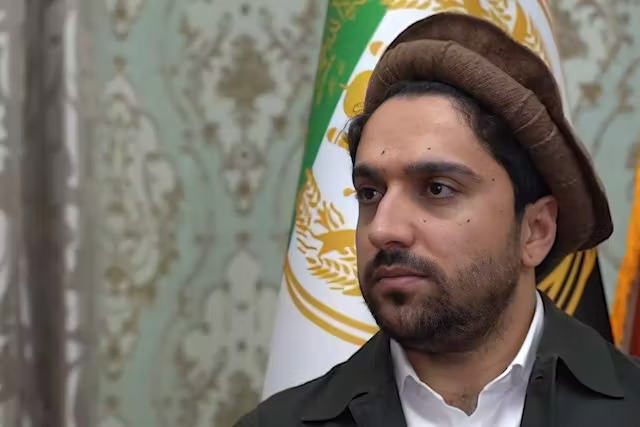
Brief: National Resistance Front (NRF) Fails to Foment Unrest Against the Taliban
Publication: Terrorism Monitor Volume: 21 Issue: 7
By:

The National Resistance Front (NRF), which is led by Ahmad Massoud, had intended to challenge the Taliban’s rule in Afghanistan after the Taliban took over the country in August 2021. However, since the Taliban’s September 2022 claim to have killed dozens of NRF fighters at their main base in Panjshir, the NRF has seemingly disappeared from the scene (aljazeera.com, September 14, 2022). Massoud himself frequently appeared in media interviews and gave press statements up until that point. More recently, however, the NRF has been accused of profiting from the funding it received while siphoning money to leaders based in the West (twitter.com/@tamimasey, March 27). According to this perspective, the NRF is comparable to former Afghan president Ashraf Ghani, who was condemned by Mike Pompeo, former US Secretary of State, for his alleged corruption and failure to negotiate any agreement with the Taliban before it retook Kabul (timesofindia.com, January 29).
Massoud, for his part, has claimed that the NRF has 4,000 fighters—not an insignificant number, but dwarfed by the nearly 100,000 fighters in the Taliban’s ranks (politicstoday.org, February 21). In one of his more recent appearances, Massoud attributed the fall of Kabul to the Afghan government, which he said had betrayed the people.
Further, Massoud claimed that he had only belatedly began developing the NRF’s military capacity out of a sense of trust in the Afghan armed forces’ ability to ward off the Taliban, and a desire not to undermine them. Whatever the reason, the NRF’s efforts proved too little, too late, as it subsequently succumbed to the Taliban on the battlefield in Panjshir (Youtube.com/HudsonInstitute, December 7, 2022).
The Taliban have also engaged in diplomatic actions to reduce any potential for the NRF to challenge its rule, at least outside of the West. The NRF had initially made Tajikistan its main base in exile outside of Afghanistan, and Massoud had intended to hold talks with the Taliban there, but though in the end the Taliban chose not to participate (khaama.com, July 7, 2022). In addition, the Afghan government retained the embassy in Dushanbe even after the fall of Kabul, refusing to cede it to the Taliban—something the Tajik government seems to at least tacitly support (wionews.com, December 21, 2021). However, on March 28, the Taliban announced that it had taken over the Afghan consulate in Khorog, a city on the other side of the Afghan border, and still intends to do the same with the Dushanbe embassy (asiaplustj.info, March 28).
With the marginalization of the NRF, the main threat to the Taliban remains Islamic State in Khorasan Province (ISKP). However, whereas the Taliban has managed to attain some modicum of international recognition—and formal recognition, in some cases—ISKP is a fully rogue international actor. ISKP, moreover, holds onto hardly any territory in Afghanistan anymore, after the Taliban uprooted it from its former strongholds in Nangarhar (see Terrorism Monitor, September 7, 2021).
The ISKP threat, however, is expanding in terms of asymmetric bombings, suicide attacks, and assassinations, including in Herat to the west and Kunduz and Mazar-e-Sharif in the north of Afghanistan (twitter.com/@journaIite, March 23). Despite this, ISKP, like the NRF, currently poses little threat to the Taliban’s hold on political power. The Taliban, therefore, remain likely to continue their rule into the foreseeable future.



